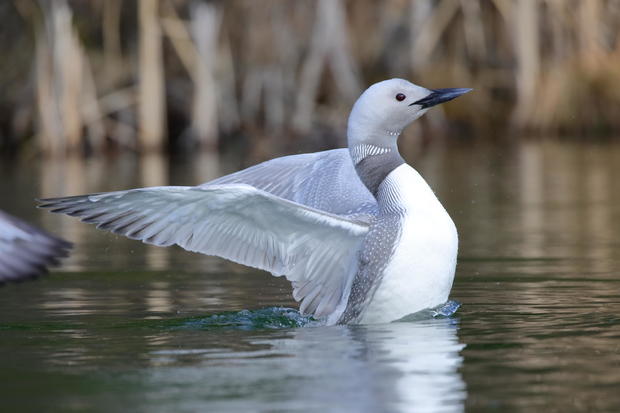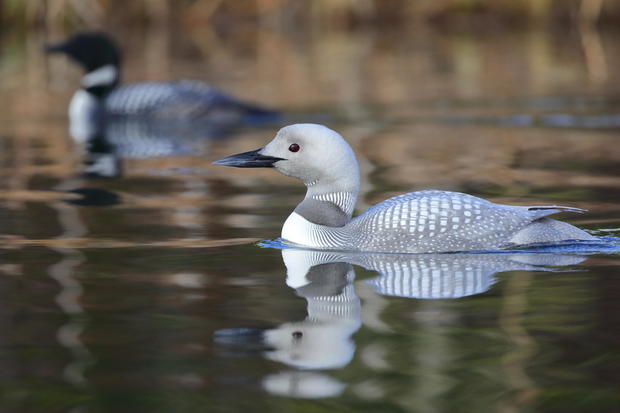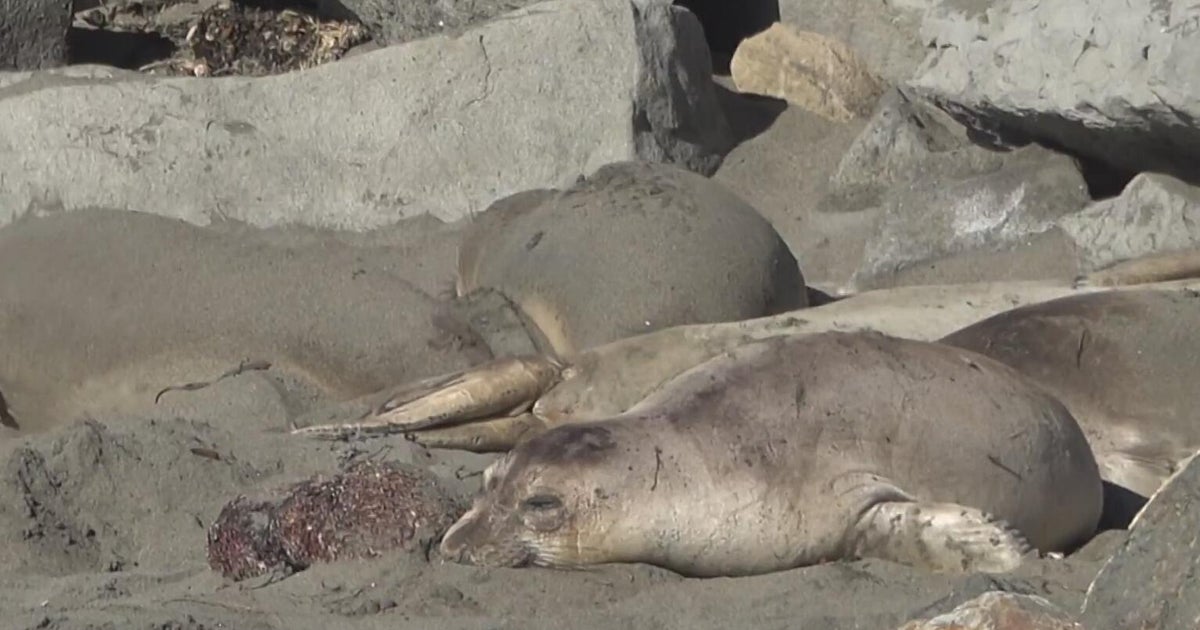Photographer captures rare white loon in Canada
MINNEAPOLIS — Waterfowl on lakes and rivers are a common sight. But it's the not-so-common loon that when seen in person is often the apple of a photographer's eye, especially for Chris Whitty.
"I've been taking pictures of loons and birds on the various lakes for a long time," he said.
Capturing wildlife on camera is one of his favorite hobbies, usually involving a trek to a remote lake in British Columbia, Canada. Loons frequent this area, some even nesting, but there's a "white whale" of sorts always on his mind.
"If you go out looking for something in my experience, you're not going to find it. It's kind of the surprise," he said. That's precisely what happened on a spring morning. Whitty did his typical weekend trip to a lake. "I'm like, 'oh there's a couple loons' and then I'm like, 'oh my god it's the white one'," he said.
Four years after first seeing it, the elusive white and gray feathered loon was back at his favorite photo spot.
After hastily getting out of his car to the point where he forgot to put it in park, Whitty grabbed his canoe and glided across the water like the great northern diver in his lens.
"What I like to do is I paddle slowly and quietly and get in the angle for the light and then just stop and then just watch, and they just tolerated me for quite a while," Whitty said, estimating he took pictures of the white loon among other loons for at least an hour.
Dale Gentry, the director of conservation for Audubon Upper Mississippi River, said it's shocking to see a loon with such a color. "I've never seen one in person, and I've only seen pictures on the internet," said Gentry. "Albinism and a leucistic bird, they have some sort of genetic change that influences the genes that code for a pigment in their feathers called melanin."
When an animal is albino it cannot produce melanin, which gives an animal its color. Therefore, it's white. Leucism is when an animal lacks some melanin, making it partially white or gray.
"It's much more common for birds to have little patches of white feathers," said Gentry. "But for the entire bird to be in sort of leucistic plumage is less common."
He estimates 1 in 30,000 birds is leucistic. That only adds to the rarity that a loon, known for its strikingly black plumage, would carry the opposite color.
"A number of questions pop for me about the bird," Gentry said. He wonders if it has a mate and how it is received by the loon community given its different appearance.
If the white loon does mate, Gentry said the leucistic trait could be passed down. The trait however could be recessive, meaning the chicks would still have their normal dark color.
Whether it has offspring or not, the chances Minnesotans would learn that in person are slim to none.
"I think something like 97% of North America's loons nest in Canada so we're kind of an outlier (in Minnesota)," Gentry said.
Whitty said birders have begged him to keep the lake's location a secret, that way it doesn't get flooded with photographers. It's a request he's happy to oblige, even if the encounter is truly up to nature to decide.
"It's funny, you go looking, you won't find it," he said.











